
The Schweizerischer Niederlaufhund is a rare breed of dog that originated in Switzerland. It's a versatile hunting dog, bred to track and retrieve game in the dense forests of the Swiss Alps.
This breed is known for its short stature, typically standing between 14 and 16 inches tall at the shoulder. Its short coat requires minimal grooming, making it a low-maintenance companion for active owners.
The Schweizerischer Niederlaufhund is an energetic breed that requires regular exercise to stay happy and healthy. A daily walk or run is essential to keep them physically and mentally stimulated.
Aussehen
The Schweizerischer Niederlaufhund is a compact and elegant breed, standing between 13 and 16 inches tall for females and 14 to 17 inches tall for males.
Their body shape is rectangular, with a straight back and a croup that slopes only marginally. They have a muscular build and strong legs.
The head of the Schweizerischer Niederlaufhund is long, with a straight nasal bone and a dark nose with wide nostrils. Their eyes are oval in shape and dark in color, giving them an animated expression.
On a similar theme: Straight Back German Shepherds
Their ears are long and wide, hanging closely to their face. They have loose skin under their neck, but it should not form into an obvious dewlap.
Here are the different varieties of the Schweizerischer Niederlaufhund, arranged by coat color and texture:
- Small Bernese Hound (Berner Niederlaufhund) - tricolour: white, black and tan, tan marks over the eyes.
- Small Jura Hound (Jura Niederlaufhund) - smooth single coat, black with tan markings above the eyes, some white.
- Small Lucerne Hound (Luzerner Niederlaufhund) - smooth white coat speckled with grey or black to give a blue appearance, with black patches and tan marks over the eyes.
- Small Schwyz Hound (Schwyzer Niederlaufhund) - smooth white coat with yellow-red to orange-red patches.
The coat of the Schweizerischer Niederlaufhund can be short and smooth or a bit longer and stiff, depending on the type.
History and Origin
The Schweizerischer Niederlaufhund has a rich history that dates back to the 15th century. This breed was specifically developed for hunting in the mountainous regions of Switzerland, where a dog with agility, endurance, and a keen sense of smell was needed.
The breed's development involved crossing the Swiss Hound with the Basset Hound to create a dog that was shorter-legged and more suited to hunting in smaller areas. This new breed was thought to be more appropriate for the form of hunting that became popular in the early 1900s in Switzerland.
The Schweizerischer Niederlaufhund was officially recognized as a distinct breed by the FCI in 1954, and since then, it has established itself as a reliable hunting companion and a loving family dog.
Herkunft Geschichte
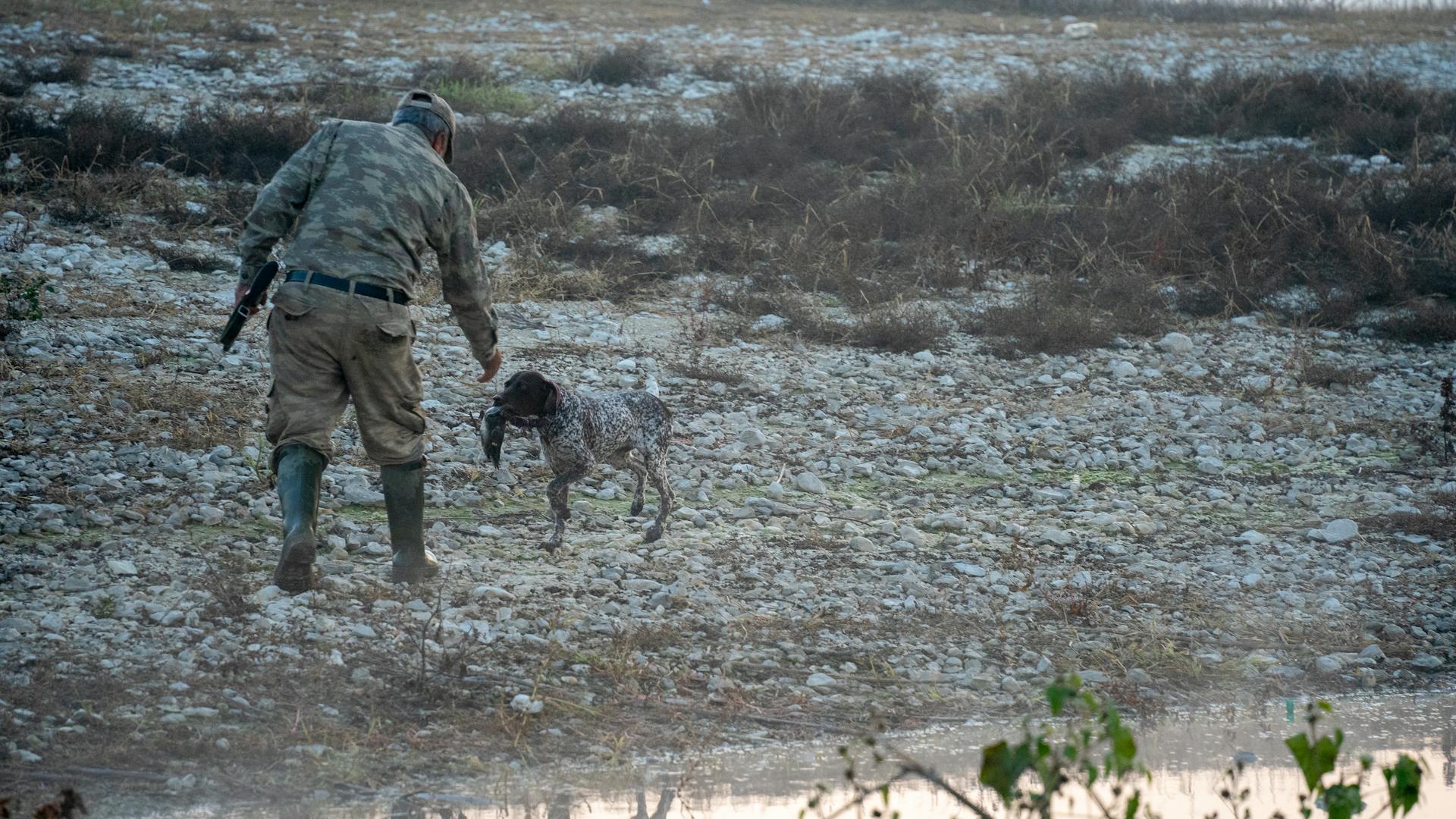
The Schweizerischer Niederlaufhund, a breed of dog that's steeped in history and tradition. This breed originated in Switzerland, specifically bred for hunting in the country's mountainous regions.
The breed's development dates back to the 15th century, when Swiss hunters needed a dog that was agile, enduring, and had a strong sense of smell to navigate the challenging terrain.
Over time, four different variants of the Schweizerischer Niederlaufhund emerged, each with its own unique size and coat color: Berner, Jura, Luzerner, and Schwyzer Niederlaufhund.
These variants were initially considered separate breeds, but in 1954, the Schweizerischer Niederlaufhund-Club brought them under a single umbrella.
Here are the four variants of the Schweizerischer Niederlaufhund, listed in a table for easy reference:
The breed gained official recognition as a separate breed from the FCI in 1954, and since then, it has become a reliable hunting companion and a beloved family pet, albeit relatively rare outside of Switzerland.
Steckbrief
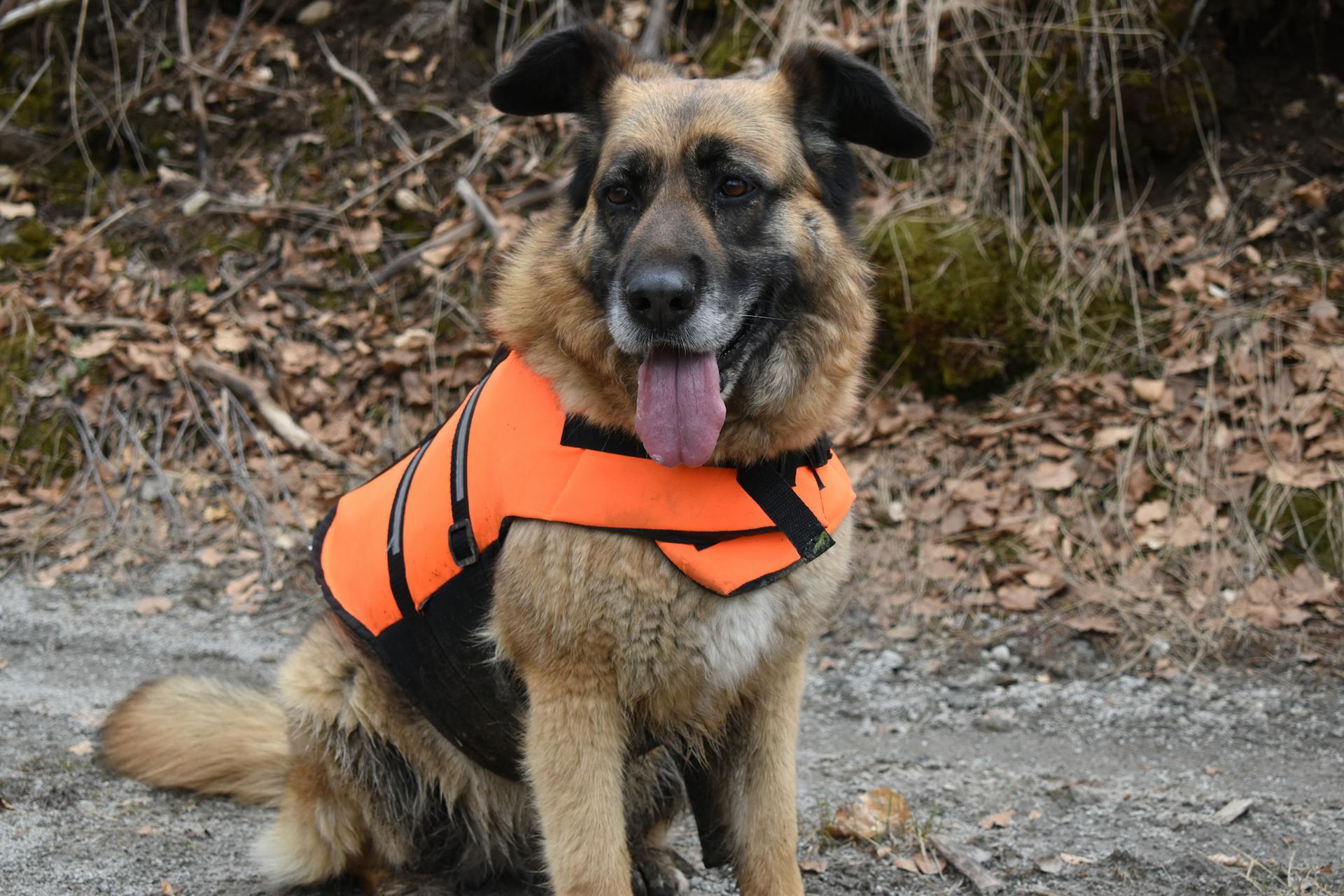
The Schweizer Niederlaufhund is a remarkable breed, and let's take a closer look at its key characteristics.
The breed's size is impressive, ranging from 33-43 cm in height.
Its weight is relatively consistent, coming in between 9-15 kg.
The Schweizer Niederlaufhund is part of the FCI-Gruppe 6: Laufhunde, Schweißhunde und verwandte Rassen.
Within this group, it falls under Sektion 1.3: Kleine Laufhunde.
The breed originated in Switzerland.
In terms of appearance, the Schweizer Niederlaufhund can be identified by its distinctive Dreifarbig: Weiß-Schwarz-Loh coat.
On average, the breed lives for around 12-13 years.
Its temperament makes it an excellent choice as a Jagd- und Begleithund.
For your interest: Schweizer Laufhund
Temperament Verhalten
The Schweizerischer Niederlaufhund is a versatile and charming breed that shines with its friendly and balanced nature. They are known for their intelligence, endurance, and strong hunting instinct.
These dogs are lively and energetic, but not overly nervous or excitable. They are great companions for families with children and adapt well to family life.
The Schweizerischer Niederlaufhund is a loyal and affectionate companion that makes a great family dog, provided they receive enough exercise and mental stimulation. They are generally good with children and other dogs, but should not be trusted with small animals.
As a breed, they are highly intelligent and responsive to positive reinforcement training. However, their strong hunting instinct can sometimes be a challenge, especially if they are not provided with enough physical and mental stimulation.
This breed is best suited for active people or families who spend a lot of time outdoors. Ideally, you should have experience with hunting dogs and be able to provide them with plenty of physical and mental exercise.
The Schweizerischer Niederlaufhund is a unique combination of work ethic and gentle nature, making them versatile companions whether as hunting companions or loving family dogs.
Curious to learn more? Check out: How Much Exercise Does a Bernese Mountain Dog Need
Care and Maintenance
The Schweizerischer Niederlaufhund has a short, dense coat that requires minimal grooming. It's best to brush them once a week to remove loose hair and distribute natural oils.
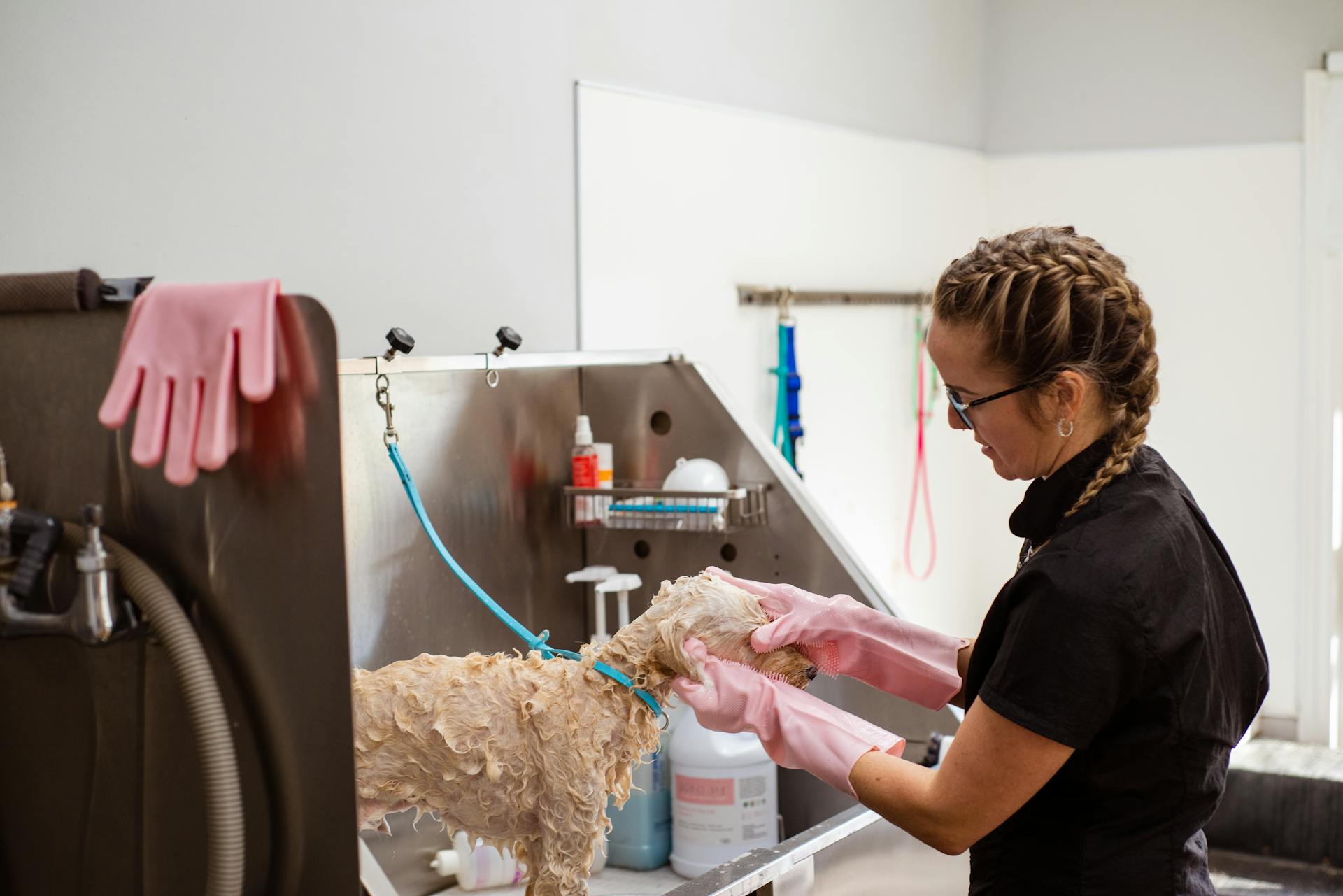
Their coat is relatively easy to maintain, but they do need regular ear cleaning to prevent infections. Use a damp cloth to gently clean their ears, especially after getting wet.
You should also check their nails regularly and trim them as needed to prevent overgrowth. A healthy diet and plenty of exercise will also contribute to their overall well-being.
Pflege
The Schweizerischer Niederlaufhund is a relatively low-maintenance breed when it comes to grooming.
Their short, dense coat only needs to be brushed once a week to remove loose hair and distribute natural oils.
Bathing is only necessary if the dog gets excessively dirty, and even then, it's best to use a mild shampoo to preserve the natural skin barrier.
Regular ear cleaning is crucial, especially since their long, floppy ears can trap dirt and moisture, leading to infections.
Their nails should be trimmed every few weeks, unless they wear down naturally from regular exercise.
Daily tooth brushing is also essential to prevent tartar buildup and gum disease.
By following these simple grooming habits, you'll be able to keep your Schweizerischer Niederlaufhund healthy and happy.
Readers also liked: Dogo Argentino Natural Ears
Nachteile

The Schweizer Niederlaufhund's strong hunting instinct can't be completely eliminated, so it's crucial to teach a reliable recall. This will help keep both you and your dog safe.
You'll need to exercise your dog regularly to satisfy its high energy levels. This breed is not suited for a sedentary lifestyle.
Gardens and properties should be securely fenced to prevent your dog from wandering off on its own. This will help prevent unwanted adventures and keep your dog safe.
If you're not an avid exerciser, you might find living with a Schweizer Niederlaufhund challenging.
A unique perspective: Shiba Inu to 1 Cent
Health and Nutrition
The Schweizerischer Niederlaufhund is generally a robust and healthy breed, but like all dogs, certain health issues can arise.
Hüftdysplasie, progressive Retinaatrophie (PRA), and occasional Epilepsie are rassetypische Erkrankungen that can occur.
Regular check-ups with a veterinarian are crucial to detect these conditions early on.
Jährliche Allgemeinuntersuchungen, Augenkontrollen, and Röntgenaufnahmen of the hips are essential for monitoring the dog's health.
A genetic test for PRA can also be a good idea.
As a responsible owner, keep an eye out for changes in your dog's behavior, such as decreased appetite, lethargy, unusual panting, trembling, lameness, or changes in body posture.
Verhaltensänderungen like increased reactivity or withdrawal can also indicate health issues.
If you notice any of these signs, it's best to consult a veterinarian right away.
A balanced and high-quality diet is essential for the Schweizerischer Niederlaufhund, as it's an active hunting breed that needs protein-rich food to meet its energy needs.
High-quality meat should be the main component of their meals, supplemented with healthy carbohydrates like rice or potatoes.
Make sure the food has an adequate fat content to support their endurance, and includes omega-3 fatty acids for a healthy coat and joint health.
Avoid table scraps and strongly seasoned foods, and consult a veterinarian for personalized dietary advice if needed.
The Schweizerischer Niederlaufhund can thrive on a good quality dry food, but it's essential to choose a natural and additive-free option.
A portion of food per day is sufficient, and it's best to give it to them in the evening after a day's work.
You can also consider a raw diet or home-cooked meals, but this requires more time and expertise to ensure proper nutrition.
Avoid feeding them too much nassfutter, as it can lead to tooth decay and the formation of tartar.
Training Erziehung
The Schweizerischer Niederlaufhund is an intelligent breed that requires daily training and mental stimulation to prevent boredom and destructive behavior. Positive reinforcement and reward-based methods work best for this breed.
Training sessions should be short and frequent, ideally 10-15 minutes, several times a day. This will help keep your dog engaged and prevent them from getting overwhelmed.
Their strong prey drive means a reliable recall is crucial, so practice this in distraction-free areas before increasing the difficulty. Their keen sense of smell can be used to your advantage with scent games and tracking exercises.
Be prepared for occasional stubbornness, but remain patient and use creative approaches to keep their attention. Early socialization is key to raising a well-rounded dog.
Regular exercise is essential for this breed, with long walks or running sessions necessary to keep them happy and focused.
Exercise and Activity
The Schweizerischer Niederlaufhund is an active breed that requires a lot of exercise and mental stimulation.
They need to be engaged in physical activity for at least two hours a day, which can be achieved through long walks, hikes, or jogging.
A rural setting is ideal for this breed, as they need ample land to explore and don't enjoy being confined.
Their property should be securely fenced to prevent solo adventures.
Long walks and hikes are perfect for meeting their exercise needs, and you can also consider agility or obedience training to challenge their mind and body.
It's essential to provide opportunities for mental stimulation, such as sniffing games, tracking work, or fetch exercises, to satisfy their strong sense of smell and hunting instinct.
A securely fenced garden or regular visits to dog parks can also give them space to run and play freely.
With enough exercise and mental stimulation, this intelligent breed will become a balanced and happy companion.
Purchase and Suitability
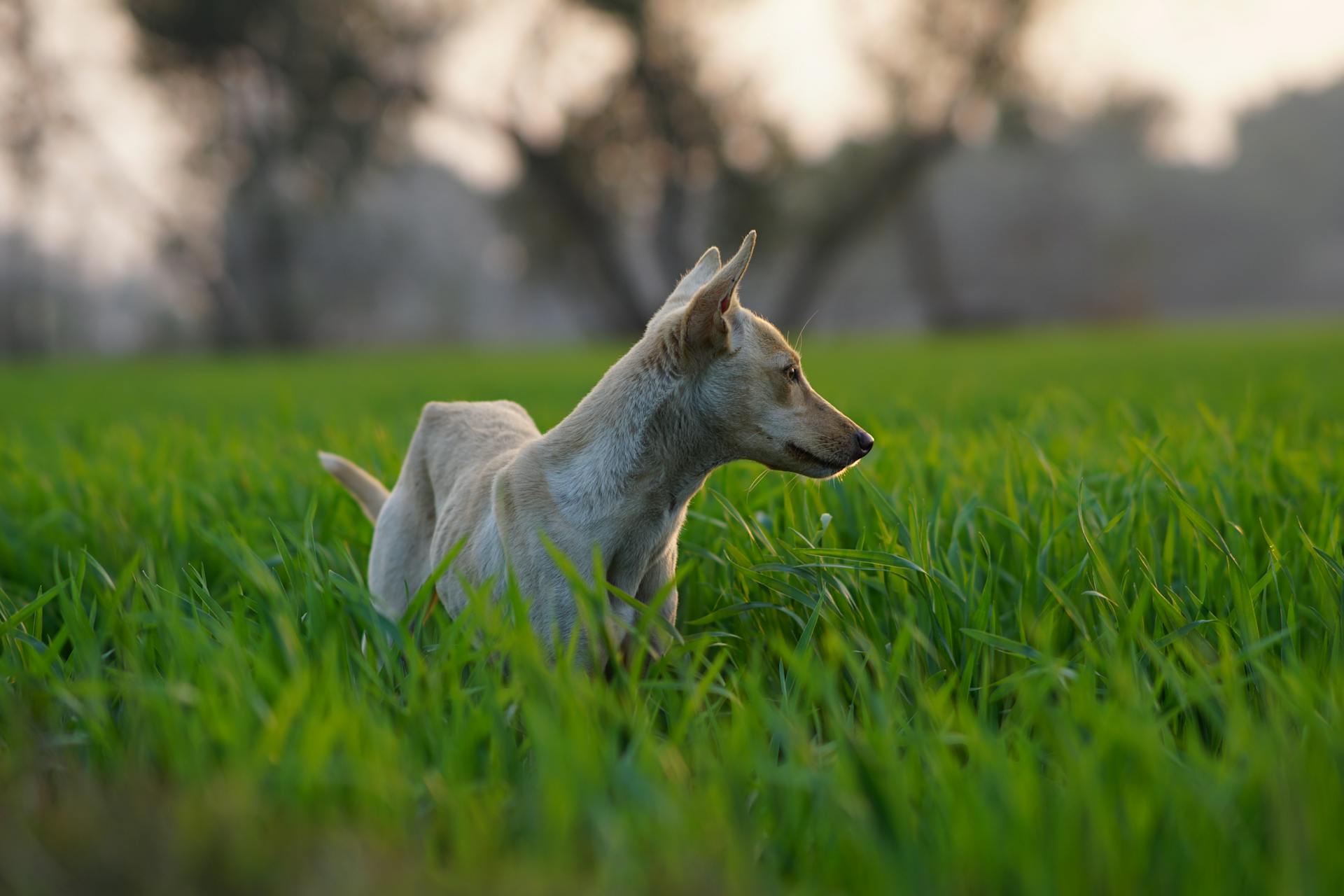
The purchase price of a Schweizerischer Niederlaufhund puppy can vary, but expect to pay between 800 and 1,500 Euro. This is just the beginning, as additional costs for equipment, vaccinations, and veterinary care will add up.
If you're considering bringing a Schweizerischer Niederlaufhund into your family, be aware that they require a lot of exercise and mental stimulation. They're not the best fit for busy professionals who are away from home all day.
A Schweizerischer Niederlaufhund can be a great companion for active families who enjoy outdoor activities and can provide the necessary exercise and attention. With proper training and socialization, they can even thrive in households with children and other pets.
Wie teuer ist ein Welpe?
The cost of a puppy can be a significant expense, and it's essential to consider more than just the initial purchase price. You can expect to pay between 800 and 1,500 euros for a Schweizerischer Niederlaufhund puppy, depending on the breeder, bloodline, and region.
Additional costs for first-time owners include equipment, vaccinations, deworming, and regular veterinary check-ups. These expenses can add up quickly, so it's crucial to factor them into your budget.
A reputable breeder who prioritizes health and proper care can be a significant investment, but it's worth it in the long run. Be wary of low-cost options, especially from unscrupulous sources, as they can lead to costly health problems down the line.
Researching and connecting with recognized breed associations can provide valuable insights into current prices and recommended breeders. This due diligence can help you avoid potential pitfalls and find a healthy, well-socialized puppy.
Is a Bernese Mountain Dog Suitable for Me?
A Bernese Mountain Dog, also known as a Schweizer Niederlaufhund, is a high-energy breed that requires a lot of exercise and mental stimulation.
They need to live on the land with their owner, preferably a sports enthusiast, and have plenty of space to move around.
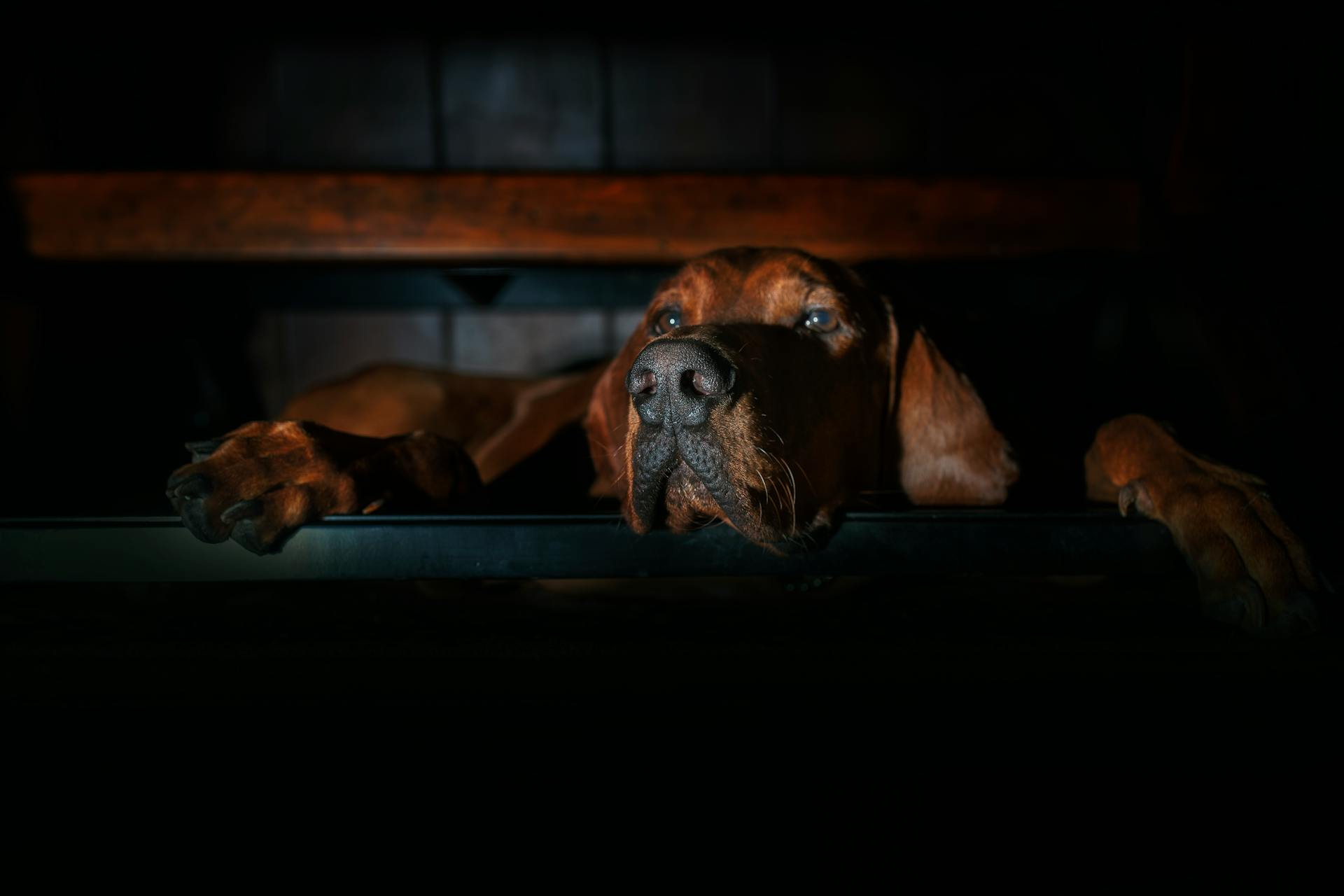
A daily routine that includes long walks and time in nature is essential for their well-being.
If you have a garden, it's a good idea to fence it in, as they have a strong instinct to go on the hunt.
They get along well with children and other dogs, but may require some time to get used to cats.
In terms of living arrangements, they're not ideal for seniors who can't keep up with their high energy levels.
If you're an active person who enjoys outdoor activities and is willing to invest time in their training, they can make great family pets.
However, if you're a busy professional or live in a small apartment, they might not be the best fit.
They're generally adaptable and can thrive in various situations, but they do need regular exercise and mental stimulation to prevent boredom.
With proper training and socialization, they can be calm and relaxed when left alone at home.
They're not naturally wary of strangers, but they will alert you to any suspicious activity.
Worth a look: When Is Best Time to Breed Dog
Gut zu Wissen
Schweizer Niederlaufhunde sind relativ selten zu sehen.
Sie kommen uns aber in ihrem jagdhundtypischen Aussehen immer bekannt vor.
Ihre kurzen Beine irritieren viele Menschen, die diese Rasse nicht kennen, und führen oft dazu, dass sie für „bunte Dackel“ oder „größere Beagle“ gehalten werden.
Die Seltenheit der Schweizer Niederlaufhunde hat dazu geführt, dass Züchter in den letzten Jahren weniger Wert auf die Fellfarbe der Tiere legen.
Das hat den positiven Effekt, dass der Genpool der Rasse sich verbessert hat und die Vertreter der Rasse mittlerweile um einiges gesünder sind, als noch vor einigen Jahren.
Frequently Asked Questions
Was kostet ein Schweizer Laufhund?
Ein Schweizer Laufhund kostet etwa 1.200 bis 1.800 Euro. Der Preis kann je nach Züchter und Rasse variieren.
Sources
- Schweizerischer Niederlaufhund (wikipedia.org)
- merken (pinterest.com)
- Schweizerischer Niederlaufhund -- Earthpedia animal (earth.com)
- Schweizer Niederlaufhund - Steckbrief, Charakter, Wesen ... (edogs.de)
- Schweizerischer Niederlaufhund (dogzone.com)
Featured Images: pexels.com

